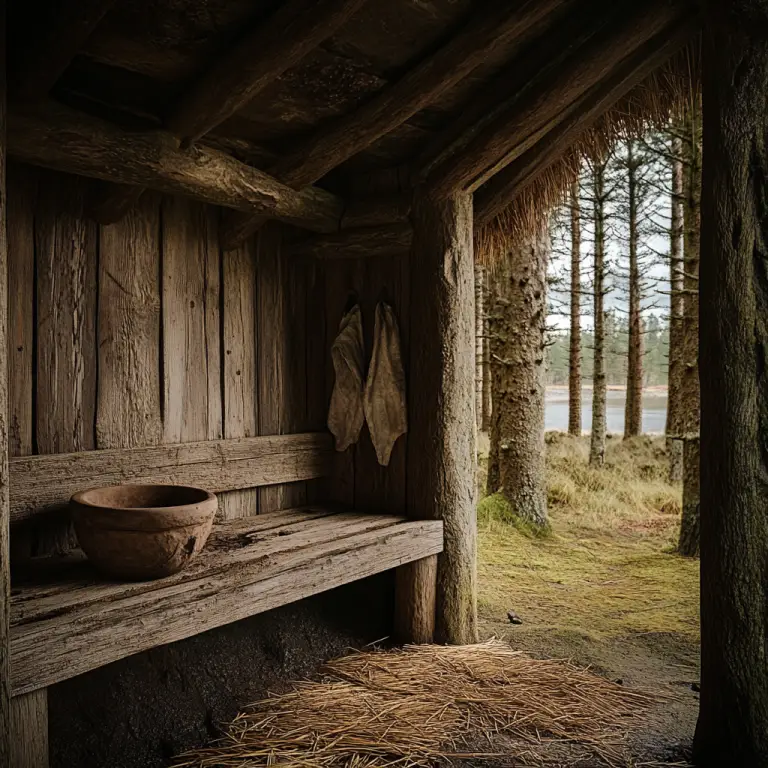Viking toilets, like much of Norse domestic life, were simple yet functional. Sanitation was not advanced by modern standards, but archaeological evidence reveals that the Vikings did make practical arrangements to manage waste.
In rural settlements, a Viking toilet would typically have been a basic pit latrine. This involved digging a shallow hole in the ground, often located at a short distance from the main living area or longhouse for reasons of hygiene and odour. The pit would sometimes be lined with wood or stone to provide some structural support and to slow erosion. A wooden seat or plank with a hole might be placed over the pit for more comfortable use.
In more developed or permanent Viking sites, such as those found in larger trading towns like Jorvik (modern-day York), toilets could be slightly more sophisticated. Excavations have uncovered examples of cesspits with wooden framing and even covered outhouses. These were often shared by multiple households or located in communal areas. Waste from these pits might be periodically removed and disposed of further from the settlement.
Interestingly, evidence suggests the Vikings were aware of the need to manage waste effectively. In some areas, latrine pits were placed near compost heaps or midden piles, where waste could be mixed with other organic materials and left to decompose. This material could then be used as fertiliser for crops.
Viking toilets, though primitive, were part of a wider approach to hygiene and settlement planning. Combined with the use of soaps made from animal fat and wood ash, and regular bathing habits, it challenges the stereotype of Vikings as dirty or unhygienic. Their solutions were shaped by practicality and the materials available in their environment.
